The experts in boutique travel To Peru and South America

Inti Raymi, the Festival of the Sun, was one of the most important ceremonies in the Inca Empire, held to honor Inti, the Sun God, and mark the winter solstice—the shortest day of the year and the beginning of the Andean New Year. For the Incas, the sun was more than a celestial body; it was a divine force that sustained life, dictated the agricultural calendar, and provided warmth and light to their world. Inti was the most revered deity, believed to be the divine ancestor of the ruling Sapa Inca, and this grand festival symbolized gratitude for his life-giving energy and sought his blessings for a prosperous agricultural cycle.
Though banned by Spanish colonizers in the 16th century, Inti Raymi was revived in the 20th century as a cultural and historical reenactment, restoring Cusco’s role as the spiritual heart of the celebration. Today, it remains one of South America's most spectacular festivals, drawing thousands of visitors eager to witness the vibrant processions, colorful costumes, traditional music, and ceremonial rituals that keep this ancient tradition alive.
Held each year on June 24th, the festival continues to symbolize rebirth, renewal, and the promise of longer, warmer days ahead, preserving a deep cultural and spiritual connection between the Andean people and their most sacred deity.
Whether you're a history enthusiast, a culture seeker, or simply looking for an unforgettable experience, Inti Raymi offers a journey back in time to the heart of the Inca Empire.
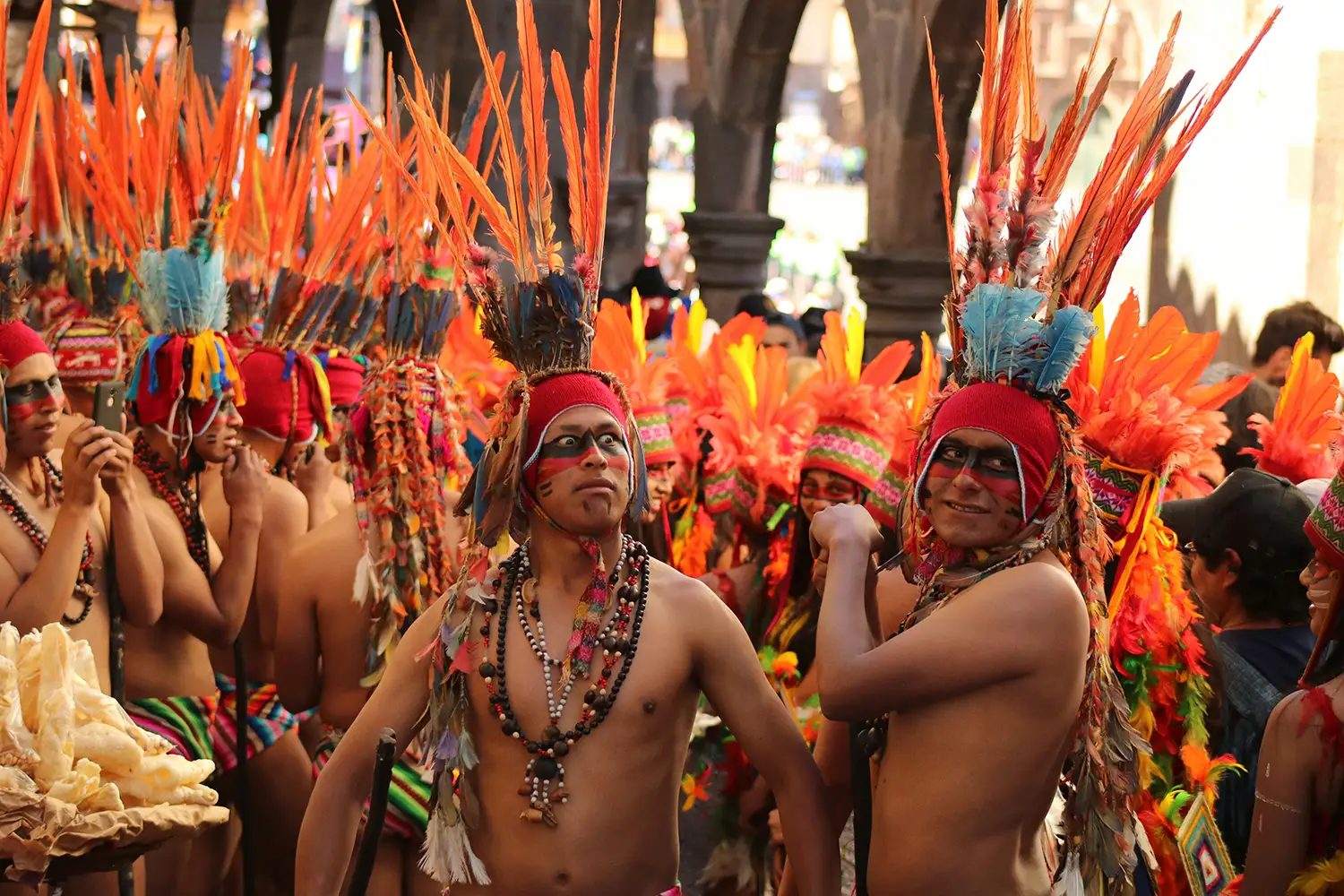
Warriors of the Amazon join the grand procession of Inti Raymi, honoring their ancestral bond with the Inca Empire. Photo by Renny Gamarra on Unsplash .
Inti Raymi has evolved into a grand reenactment that takes place every June 24th in Cusco, attracting thousands of spectators from around the world. While it no longer includes the original sacrifices, the celebration remains a powerful tribute to Inca traditions, blending history, culture, and theatrical performance.
The festival unfolds in three key locations, each representing a significant part of the ancient ritual:
The festival kicks off at Coricancha, the most sacred Inca temple, where the Sapa Inca (Inca ruler) and his entourage perform the opening ceremony. Expect traditional music, dancers in vibrant costumes, and rituals honoring the sun god, Inti.
The procession moves to Cusco’s main square, where the Inca addresses the crowd and performs symbolic rituals. This part of the event is free and open to the public, making it a lively and energetic gathering point.
The festival’s grand finale happens at the Sacsayhuamán archaeological site, where thousands gather to witness the dramatic reenactment of the ancient rituals. Performers reenact prayers, offerings, and a symbolic sacrifice in honor of the Sun God.
Although the modern Inti Raymi is a theatrical representation rather than a strict reenactment, it remains one of South America's most breathtaking cultural events, offering visitors a chance to step back in time and experience the living legacy of the Inca Empire.
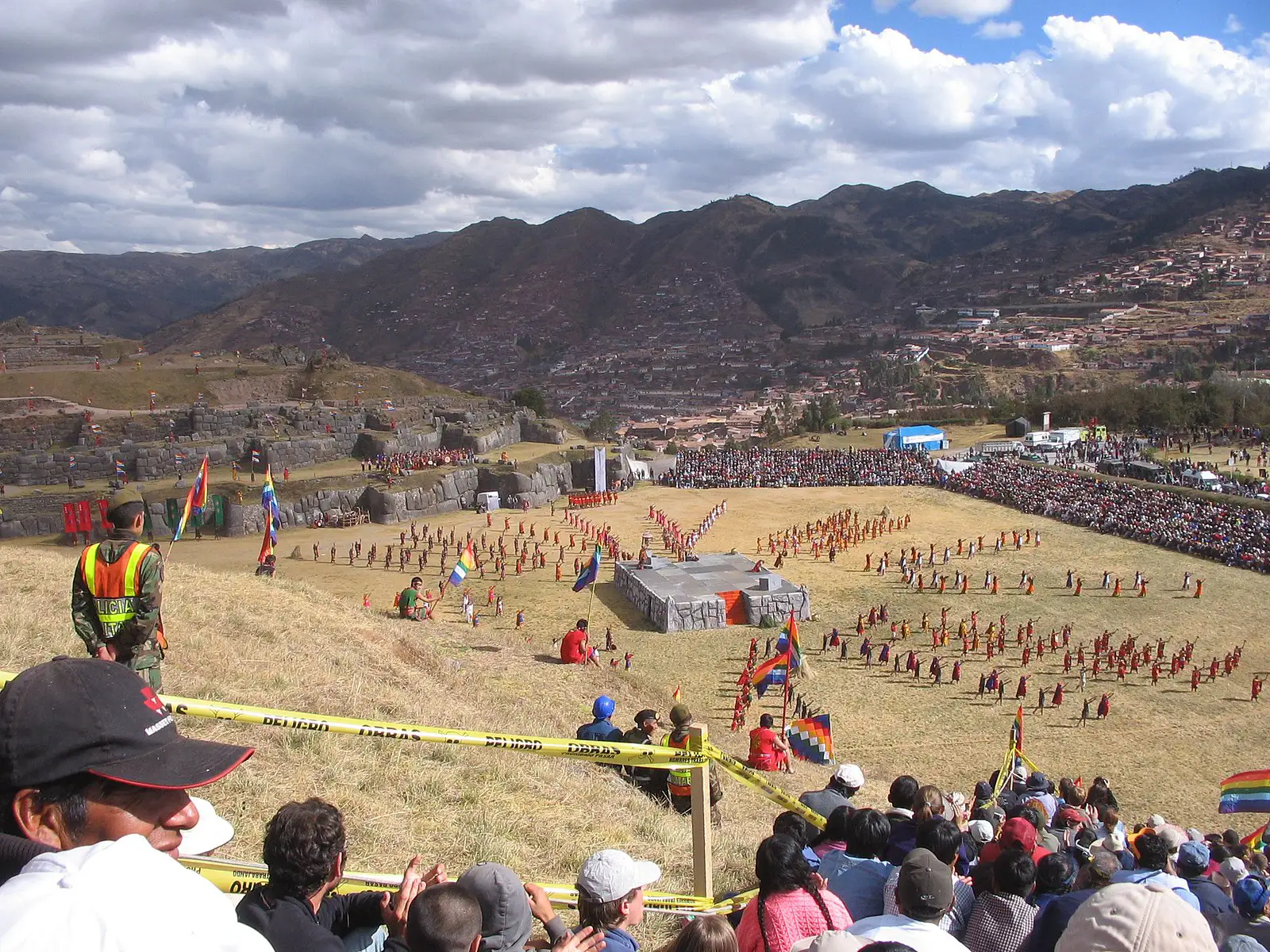
Majestic celebrations unfold at Sacsayhuamán as the Sun Festival revives the glory of the Inca Empire. Photo by Mme Berthe, under the Creative Commons Attribution-Share Alike 3.0 Unported , 2.5 Generic , 2.0 Generic and 1.0 Generic license, via Wikimedia Commons .
Inti Raymi is a sensory feast of vibrant colors, rhythmic beats, and ancient traditions that transport you back to the height of the Inca Empire. Here’s what you can expect throughout the celebration:
Traditional Inca-Style Clothing & Performers
Andean Music & Dance
Sacred Rituals & Their Meanings
The festival is filled with powerful symbolic acts that reflect Andean spirituality:
Each of these elements—music, dance, and ritual—comes together to honor the sun, express gratitude for past harvests, and seek blessings for the year ahead. Whether you’re a history lover, a cultural explorer, or a traveler seeking an immersive experience, Inti Raymi is a mesmerizing glimpse into Peru’s living Inca heritage.
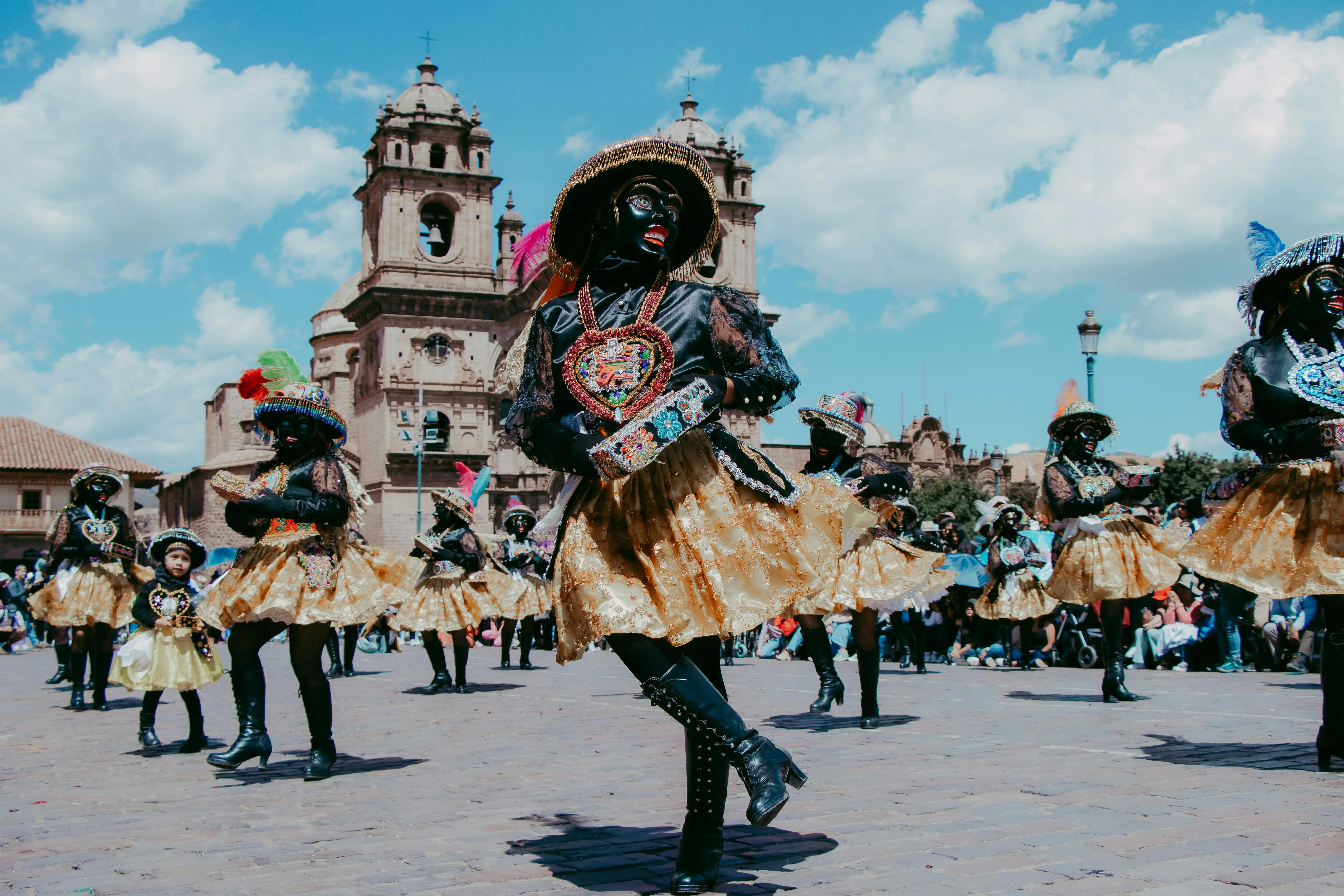
Vibrantly dressed dancers bring the spirit of the Inca Empire to life at Inti Raymi, celebrating the Sun God with mesmerizing movements and rich ancestral traditions. Photo by Christian Cavero Pacco on Pexels .
Experiencing Inti Raymi in Cusco is a once-in-a-lifetime event, but planning ahead is key to making the most of it. Here’s what you need to know before you go:
Securing Tickets & Viewing Options
While some parts of the festival are free to watch, others require tickets:
Best Times to Arrive
What to Bring
Getting Around & Avoiding Crowds
Final Tip: Book Early!
Inti Raymi attracts thousands of visitors—secure tickets, accommodations, and transport well in advance to ensure a stress-free and unforgettable experience.
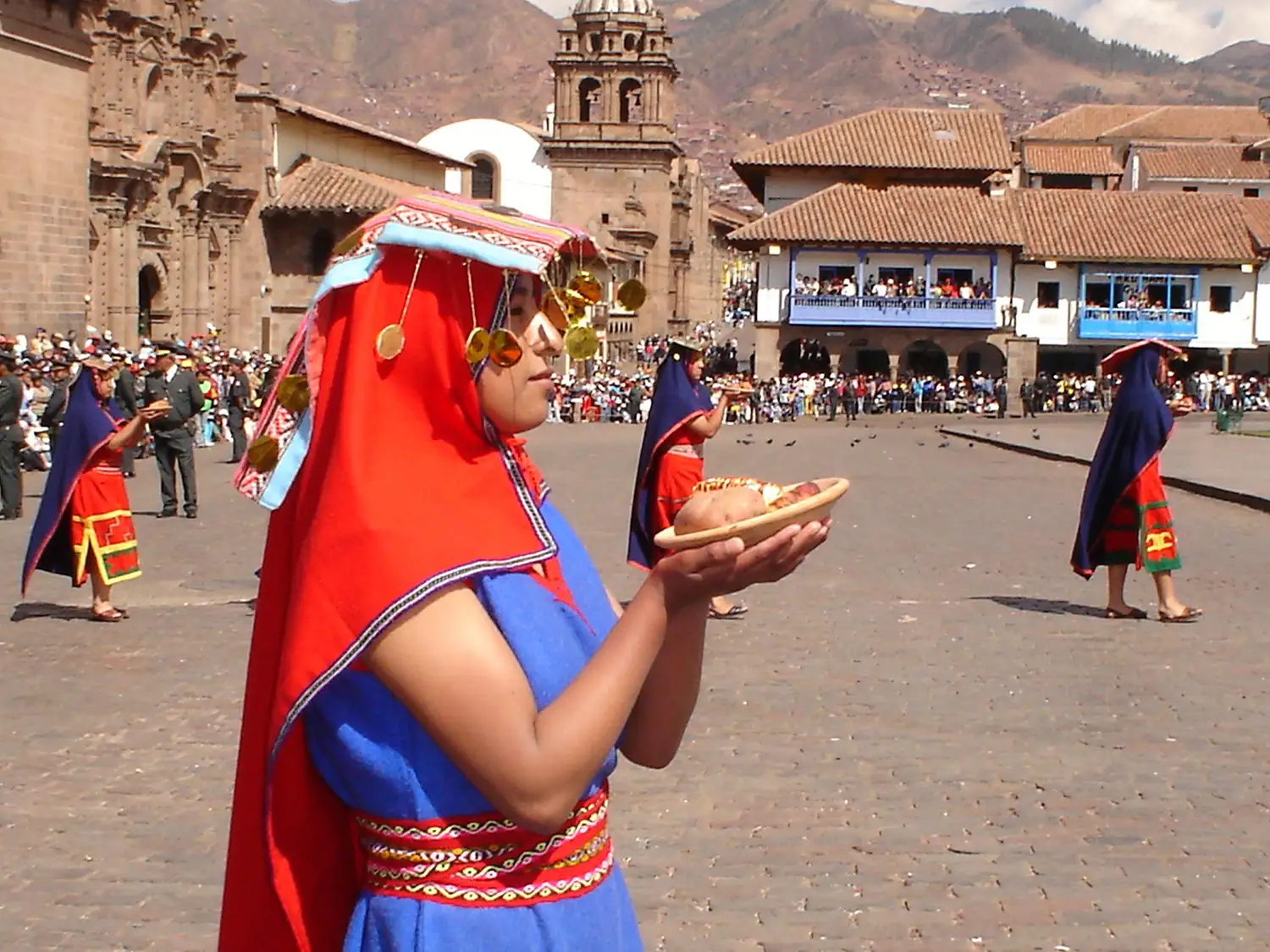
Cusco comes to life with vibrant processions, traditional music, and ceremonial rituals honoring the Inca Empire’s most sacred deity. Photo by Cyntia Motta, under the CC BY-SA 3.0 < https://creativecommons.org/licenses/by-sa/3.0 > license, via Wikimedia Commons .
Inti Raymi is the highlight of Cusco’s cultural calendar, but the celebrations extend beyond the main reenactment. The city comes alive with music, parades, and traditional festivities, making it the perfect time to dive deeper into Cusco’s rich history and vibrant atmosphere. Here’s what else you can experience during Inti Raymi week:
Cultural Activities & Local Celebrations
Street Parades & Traditional Performances
Festivals & Artisan Fairs
Food Stalls & Traditional Cuisine
Must-Visit Historical Sites & Museums
Coricancha – The Temple of the Sun
Sacsayhuamán – The Festival’s Grand Stage
Q’enqo, Puka Pukara & Tambomachay
Museo Inka & Museo de Arte Precolombino
Exploring Cusco’s Markets & Local Life
San Pedro Market
San Blas Neighborhood – The Artisan Quarter
Final Tip: Make Time for the Atmosphere
Even beyond the festival, Cusco’s energy during Inti Raymi is electric. Embrace the celebrations, explore hidden corners, and immerse yourself in the city’s Andean spirit while you’re here!
For the ultimate Cusco experience and expert recommendations, check out our blog on the 10 Most Incredible Things to Do in Cusco .
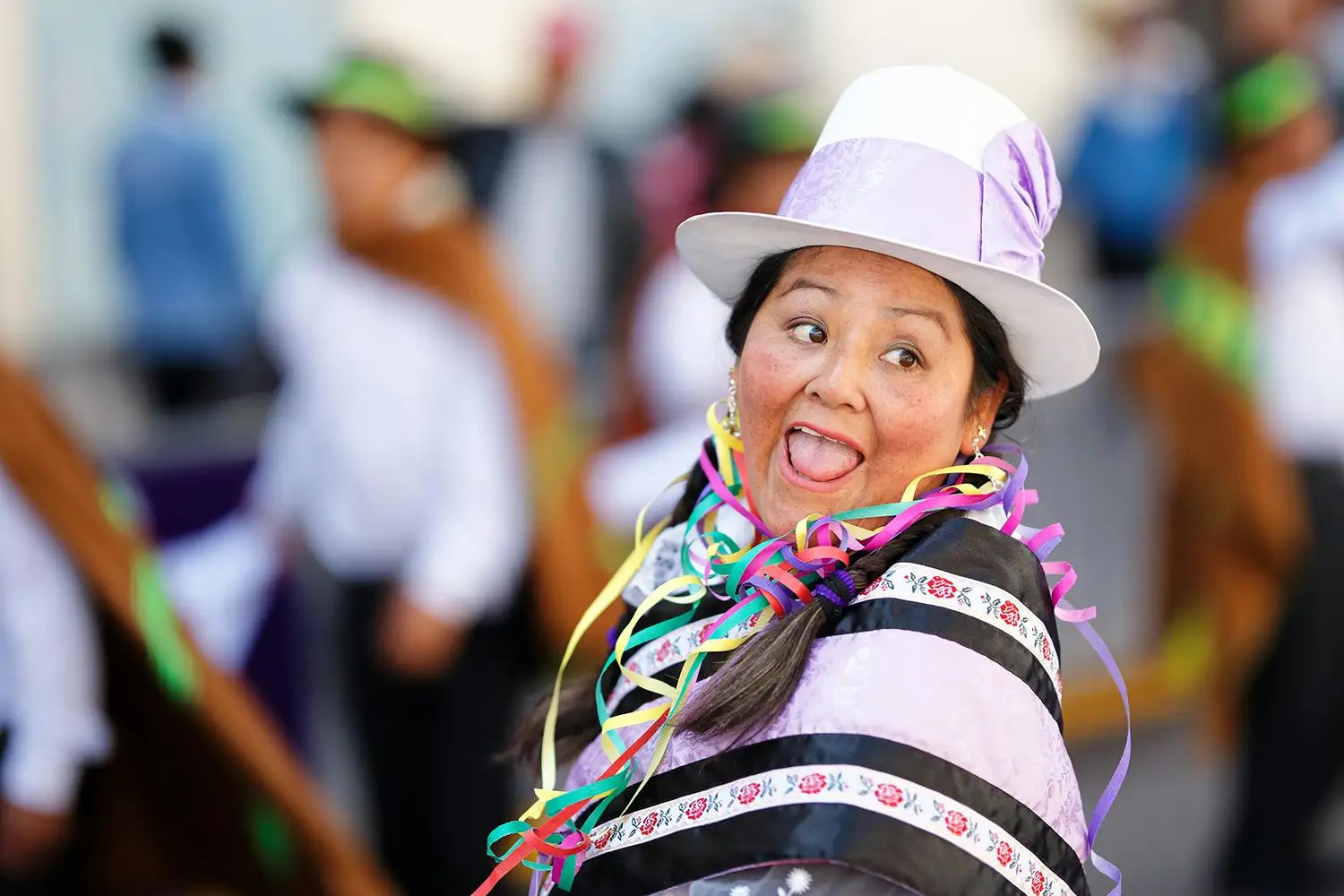
A dancer in vibrant traditional attire gracefully honors Inti, the Sun God, embodying the spirit and energy of the ancient Inca festival of Inti Raymi. Photo by Marco Alhelm on Pexels .
Inti Raymi is more than just a reenactment—it’s a living tribute to the Inca legacy, connecting the past with the present in a spectacular display of history, culture, and tradition. For travelers, witnessing this festival offers a deeper understanding of Andean spirituality and a rare chance to experience Cusco at its most vibrant.
Whether you’re drawn to the grandeur of the ceremonies, the colorful traditional performances, or the sense of renewal and gratitude that defines Inti Raymi, this celebration is a must-see for history and culture lovers. Embrace the energy, immerse yourself in the festivities, and let the spirit of the Sun Festival guide your journey through Cusco and beyond!
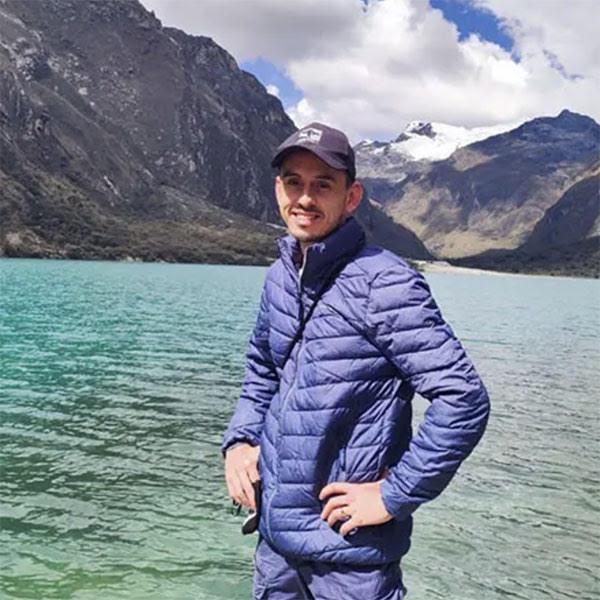
Dean is a South African animal lover, travel enthusiast, and writer. He worked as a safari guide in Kruger National Park for 27 years. Following his heart, he moved to Peru to be with his wife. Dean's passions include animals, tourism, writing, graphic design, and web development. In his free time, he enjoys movies, books, and spending time with friends and family.

Discover the incredible things to do in Cusco, the historic heart of Peru. Once the capital of the Inca Empire, Cusco is now a treasure trove of Incan and colonial architecture, blended seamlessly with modern culture.

Don't expect Peru's national dish or even typical Peruvian food, but do expect a one-of-a-kind gastronomy experience. Mil truly is the perfect introduction to Peru's gastronomy scene.